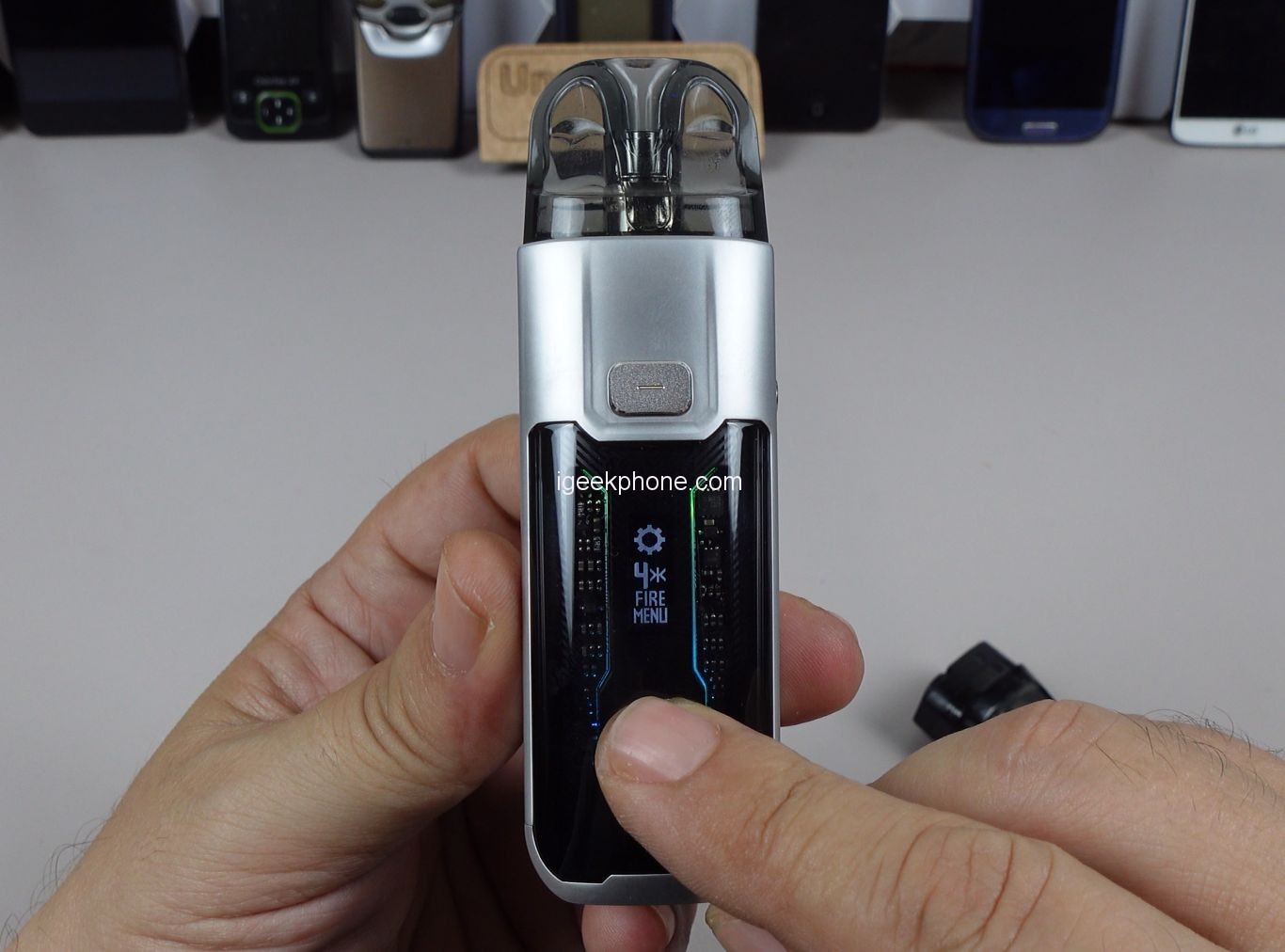Nicotine and nicotine salts are the two main ingredients that many e-cigarette users are familiar with. Although their uses are similar, there are important differences between them. In this article, we will explore the definition, composition, production process, taste and safety of nicotine and nicotine salts to help you better understand the differences between the two substances.
Definition of nicotine and nicotine salts
Nicotine is a natural substance that belongs to one of the alkaloids found in tobacco plants and can also be extracted from tobacco. Nicotine is bitter and soluble in solvents such as water, alcohol and ether. It is one of the main components in the smoke produced by e-cigarettes.
Nicotine salt, also known as nicotine hydrochloride, is a salt substance formed by combining nicotine with some organic acid. The ability of nicotine salts to dissolve in water is much higher than that of nicotine, so when using e-cigarettes, users can absorb nicotine more quickly through taste. Nicotine salts are easier to absorb than nicotine, enabling users to meet their nicotine needs faster.
Second, the difference caused by different ingredients
Although the definition of nicotine and nicotine salts is well established, some people still get confused. This is because the composition of the two substances is very different.
Nicotine is a natural alkaloid that is white and crystalline and has a strong pungent odor. It can be extracted from natural plants by distillation and other methods, and is widely used in fields such as medicine and food additives.
In contrast, the composition of nicotine salts is relatively simple. It consists of two parts, hydrochloric acid and nicotine molecules. Compared with nicotine, nicotine salt is easier to absorb and more in line with the needs of e-cigarette users.
Third, different production processes
Another difference between nicotine and nicotine salts is how they are made. The production of nicotine can be complex, requiring many steps such as extraction from plants, distillation and crystallization. The production of nicotine salt is relatively simple, just put nicotine and hydrochloric acid together and dry.
Fourth, the difference in taste and use experience
E-cigarette users tend to prefer nicotine salt because it satisfies their nicotine needs faster and is easier to absorb. This has made nicotine salts increasingly popular in the e-cigarette market. In addition, the taste of nicotine salt is different from that of nicotine. Nicotine salts are softer and require less throat irritation. In addition, the flavoring components in nicotine salts can make the taste of nicotine softer and can improve the taste of smoke.
Nicotine has a different taste and experience because it has a stronger taste and requires stronger throat irritation.
5. Controllable differences
Nicotine salt is absorbed faster than nicotine, and the dose of nicotine is easier to control, so the use of nicotine salt should be relatively controlled.
In short, the difference between nicotine and nicotine salts is very clear. Everyone may have different preferences for nicotine salts and nicotine, so users should fully consider these factors when using e-cigarettes.










